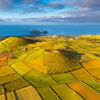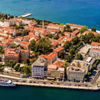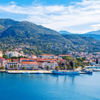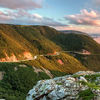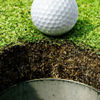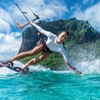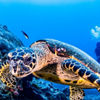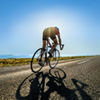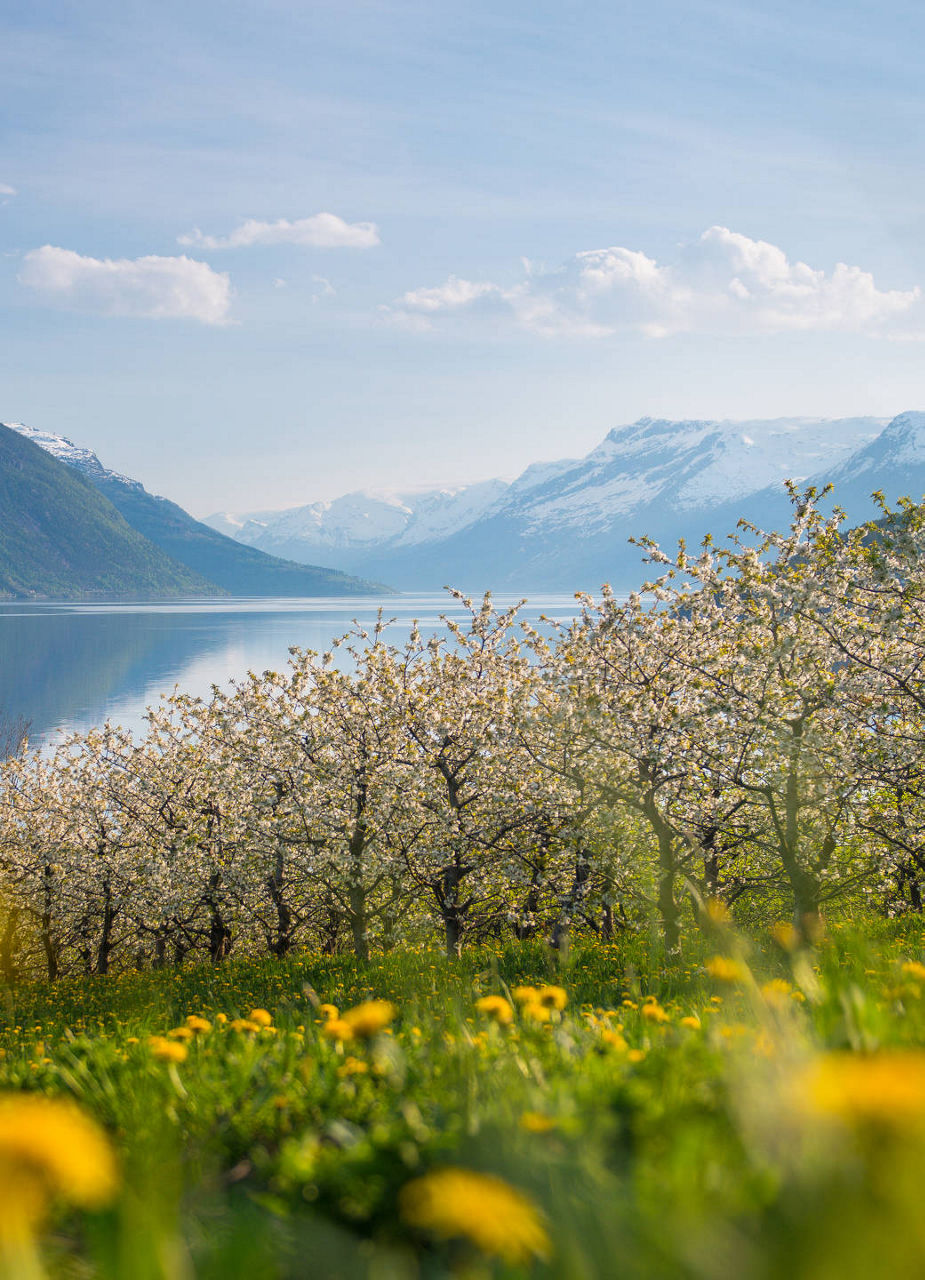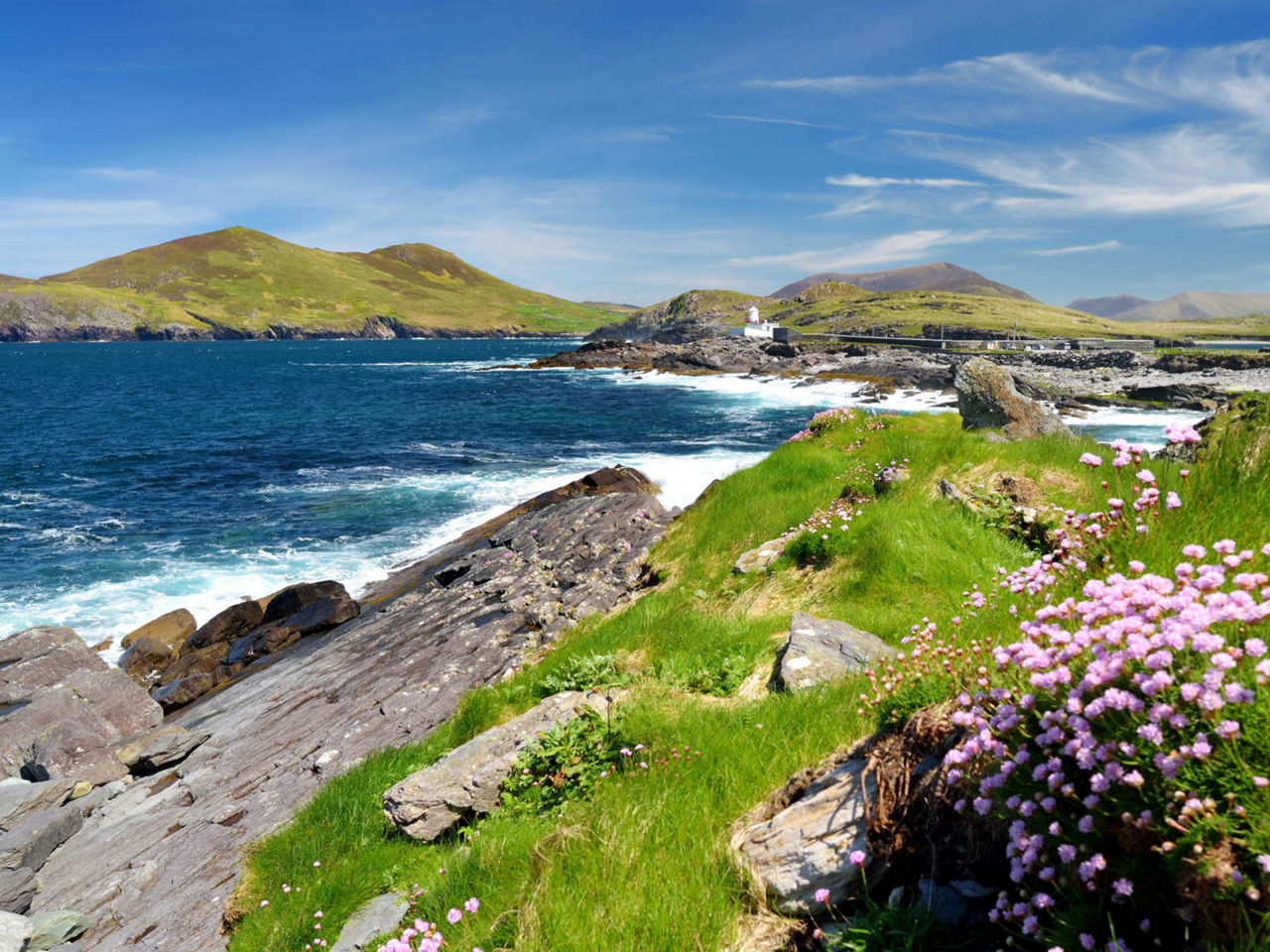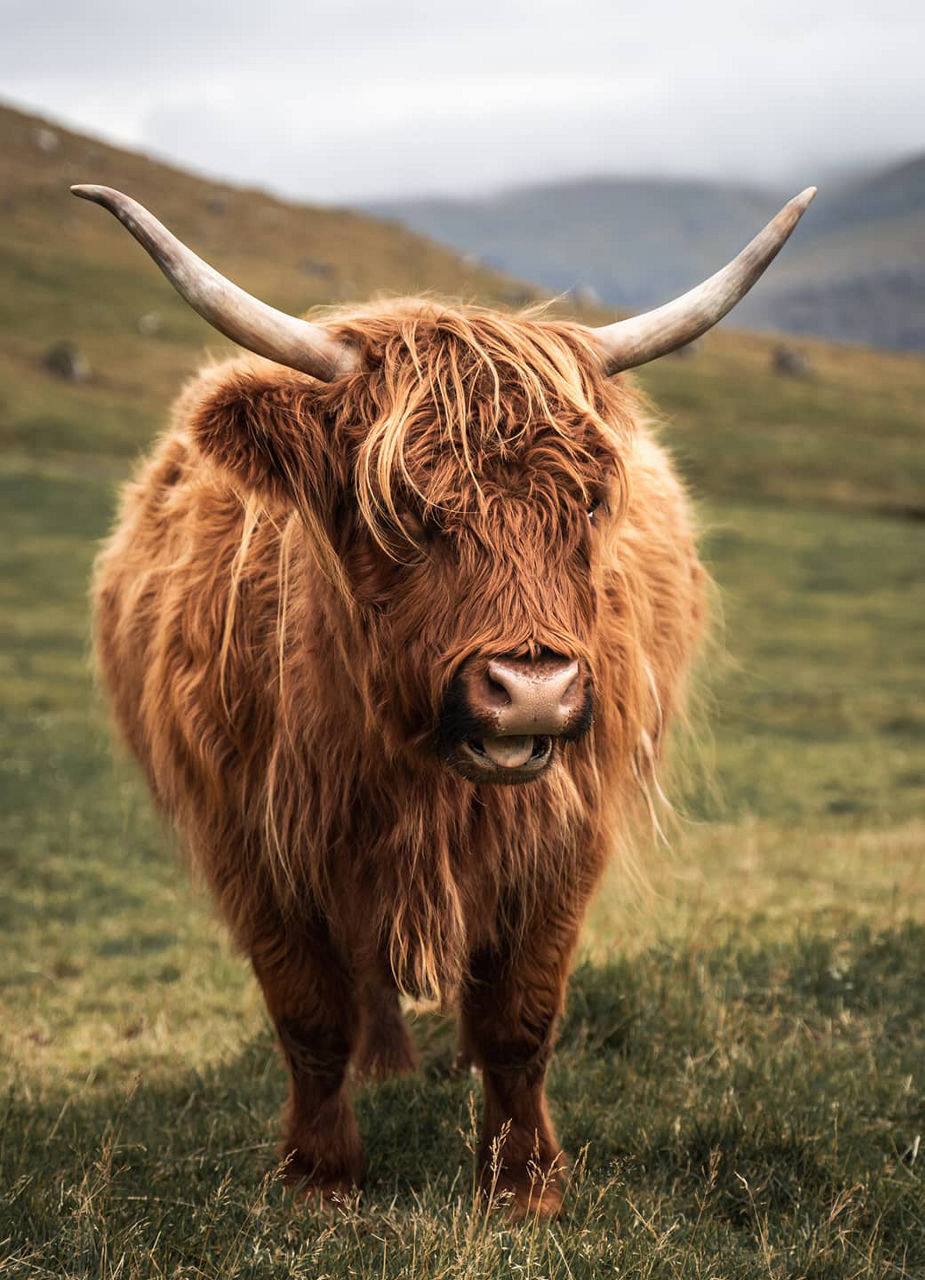
Wonderful Lofoten - the most beautiful excursion destinations

Lofoten means "lynx paw" - the first settlers gave the island formation its name because they recognised an oversized paw print in it. But unlike the velvety-soft, delicate paw of the wild cat, the Lofoten Islands symbolise roughness, hardness and cold. Those who venture into this region will not only experience the far north in its most pristine form. Those who are ready to discover the Lofoten Islands can also count on a great deal of adventure.


The birds of the fjords
The sea eagle is characterised by its well-groomed brownish plumage and its flight behaviour. When soaring, the short but powerful neck is stretched forwards and the wings are carried athletically in a horizontal position. This is how the birds soar over the dark blue waters of the Trollfjord - a place where they feel particularly at home. On a Sea Eagle Safari from XXLofoten or Go2Lofoten, you can observe them in their natural habitat, see how they hover and then snatch a fish from the water as they fly past. With a wingspan of over two metres, it is easy to spot them from the boat in the air.


Hike above the clouds
The region around the 543 metre high Ryten is considered one of the most beautiful for hikers in the Lofoten National Park. The reason for this is not only the calming, even sound of hiking boots on wooden plank paths, but also the view from the 543 metre high summit into the valley. It is directed towards the golden yellow beach of Kvalvika Bay. Take a seat on the "miniature Trolltunga" (Troll's Tongue), let your feet dangle casually in the air and let your gaze wander with the waves that break one after the other, foaming white on the beach.


Maximum relaxation in Nusfjord
Not far from the hiking area around Ryten lies Nusfjord - a place that played an important role in the fish trade as early as 400 AD and was home to numerous merchants. At that time, however, the inhabitants of the picture-book village, which is virtually encircled by steep mountain slopes, did not yet have what awaits you in Nusfjord today: The "Arctic SPA", with heated outdoor whirlpools and sauna, two restaurants, a bakery with Norway's largest stone oven, epic activities close by, and Gallery Salteriet.


Nordic beaches - Immaculately beautiful
Admittedly, you wouldn't necessarily expect to find white sandy beaches in Caribbean style on the ever-chilly North Sea. So it's all the more surprising that several beaches around the Lofoten Islands are so beautiful that they look like they've been painted. Among the absolute favourites are "Uttakleiv strand" and "Hauklandstrand" on the island of Vestvågøy: fantastic powdery sand and turquoise water. Whether it's a morning stroll, an afternoon break with a beach mat and a Scandinavian thriller or a night by the campfire - it's great here at any time of day. Get an overview over some famous beaches in Lofoten here.

Blessed beach, blessed people
The unique thing about the village of Gimsøysand is its church. Unlike ordinary places of worship, this one is located directly by the sea above the sandy beach. The church has defied the wind, the tides and time for many centuries. First mentioned at the beginning of the 15th century, the current building was constructed in 1867. Unlike ordinary churches, the small white wooden church is anchored to the ground with steel cables so that it does not lose its hold even in stormy times.
A fun fact about the churches in Lofoten is that they were actually used as wayfinders for boats arriving from the sea. They showed seafarers the locations of settlements along the coast. Get an overview of the churches in Lofoten here.

An encounter with sperm whales
The sperm whale is called a sperm whale because its rather angular head is said to resemble a pot. On a whale safari around the Andenes area, however, it is usually its tail fin that is seen protruding from the water - a sure sign that the whale is ready for its next dive. The sperm whale is the most common species here, but it is not the only whale around Lofoten. With a bit of luck, you may also encounter fin and humpback whales or orcas on a trip out to sea.


Hey, hey, Wickie!
The "Lofotr Viking Museum" in Borg is all about the Norse people who terrified the world many centuries ago and yet lived a culture that still fascinates today. The museum is located on the site of an archaeological find and allows visitors to travel back in time. Whether original artefacts to look at, traditional clothing to try on or Viking delicacies to try out - this place allows you to really get to grips with history. A special highlight is the replica sailing ship, which actually sets sail when the wind is favourable.
Header - Photo by harvepino on Adobe Stock
Paragraph 2 - Photo by Sjoerd van der Wal on Getty
Paragraph 2 - Photo by ryszard filipowicz on Adobe Stock
Paragraph 3 - Photo by evenfh on Adobe Stock
Paragraph 3 - Photo by Luca on Adobe Stock
Paragraph 4 - Photos by Thomas Rasmus Skaug on Visit Norway
Paragraph 5 - Photo by Mariusz Świtulski on Adobe Stock
Paragraph 5 - Photo by Jakub on Adobe Stock
Paragraph 6 - Photo by Nick Fox on Adobe Stock
Paragraph 7 - Photo by Dagmar Richardt on Adobe Stock
Paragraph 8 - Photos by Christian Houge on Visit Norway

